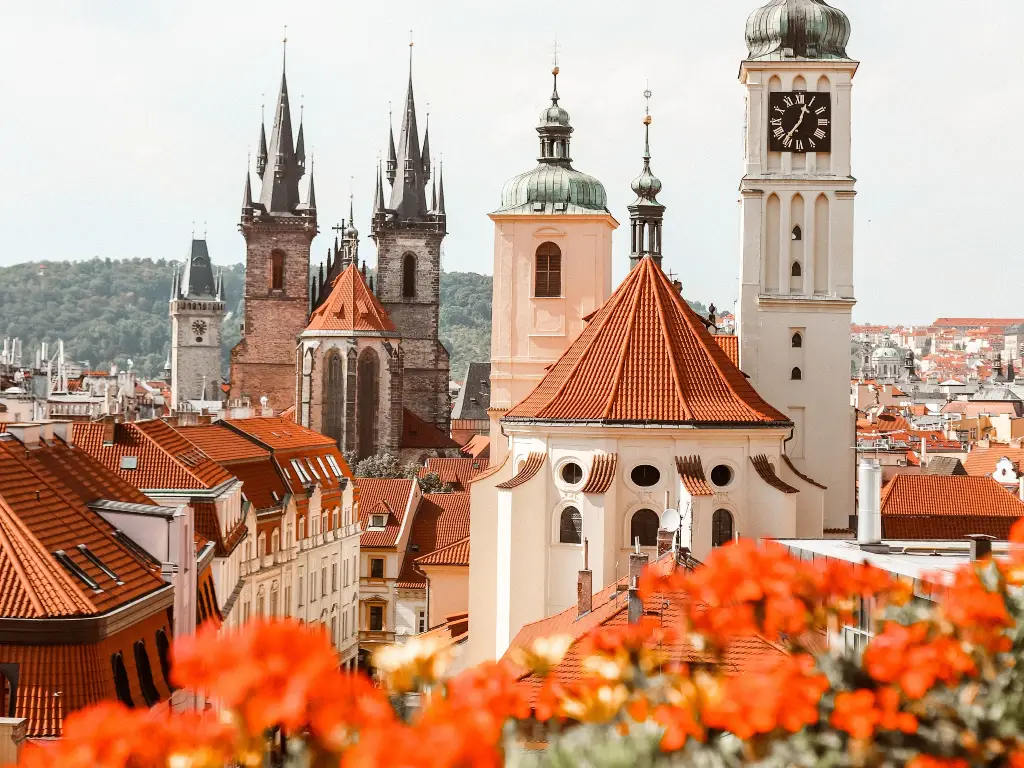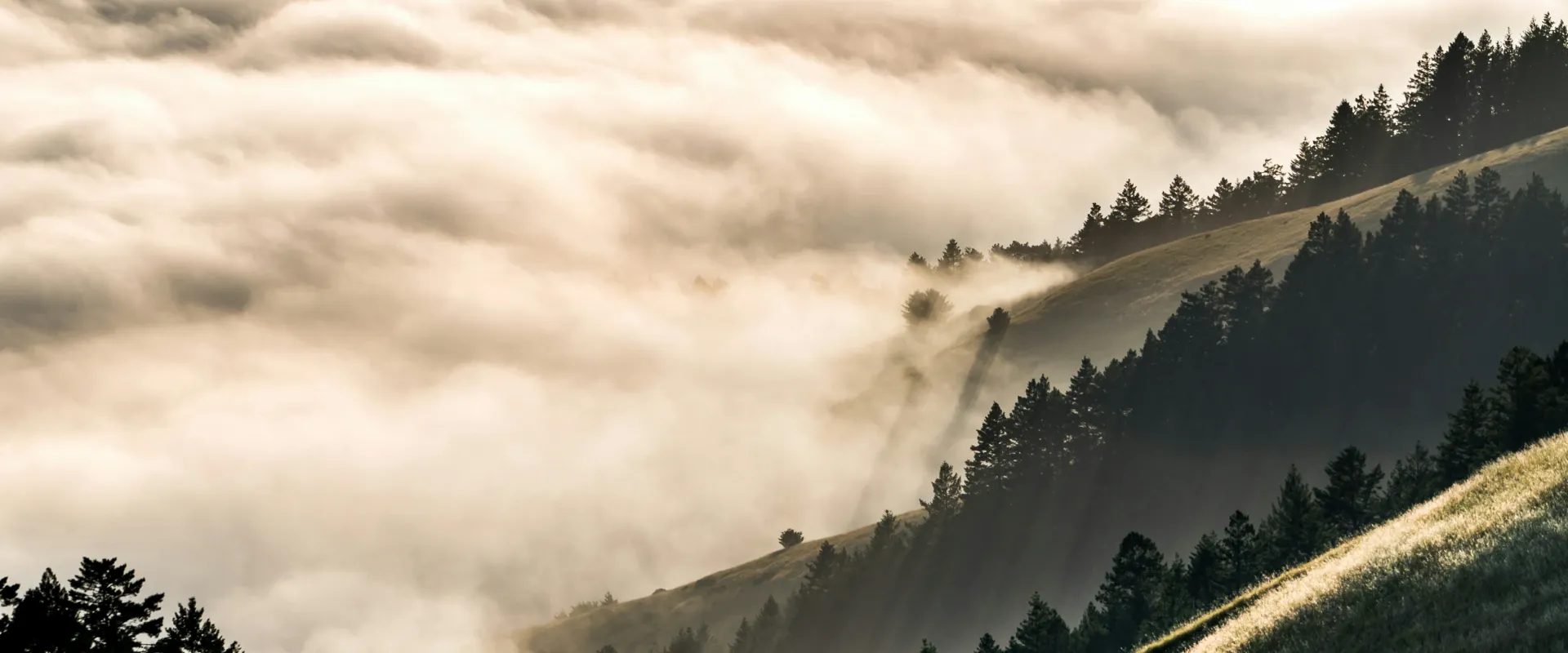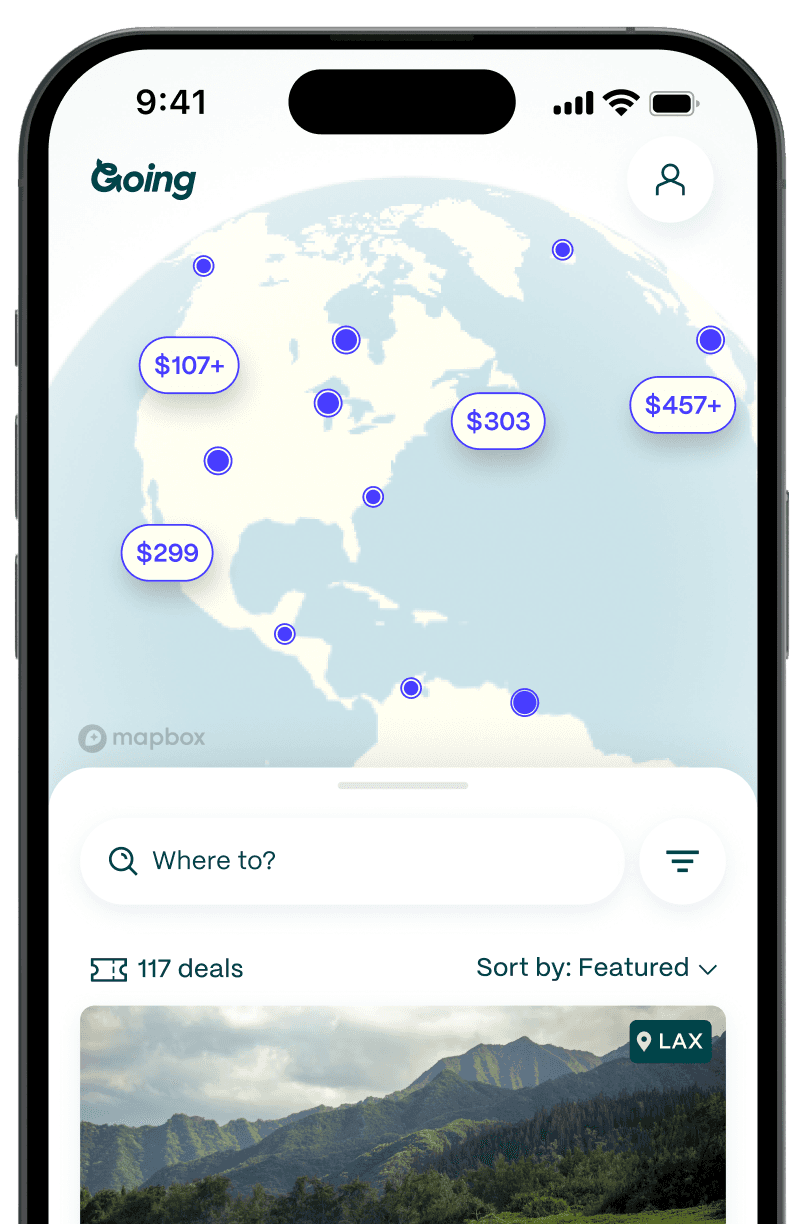
Prague: The Central European City Where Beer Is Cheaper Than Water
The heart of Central Europe, Prague is the capital and largest city in Czechia, formerly known as the Czech Republic. The city’s fairytale spires and towers hold centuries of the city’s secrets, and with so many famous sites within walking distance of each other, you’ll likely stumble across the main “hits'' of this walkable city—like the Astronomical Clock and Prague Castle—all in one day.
There’s more to this gorgeous city than the tourist maps let on, however. Neighborhoods like Holešovice and Smíchov, with their gritty bars and alternative art galleries, are a favorite amongst the hipster crowds, while Vyšehrad is the gateway to some of the area’s most stunning natural sites. It’s definitely a city worth getting lost in, and if you spend most of your time eating, drinking, and admiring its beauty, you’re doing it right.

Walking from the 13th century to the 21st century
Prague’s architecture is so well preserved, you’ll find evidence of almost every kind—from Gothic spires of medieval times to the elaborate art nouveau of Alfons Maria Mucha fame to gorgeous art deco facades housing cute cafes and shops. This appreciation of the aesthetic is one of the reasons the city has been spared so often during times of trouble—historic figures have often regarded its buildings as so beautiful that no war or political movement should destroy them. As a result, it’s common for hotels, restaurants, cafes, shops, and apartments to exist in buildings dating back to the 16th century.
You can see the variety of styles from the grounds of 9th-century Prague Castle (the largest ancient castle complex in the world at 750,000 square feet or more than ten football fields), which are free to roam and provide a great starting point to orient yourself with the city. From there you can see the beautiful baroque 18th-century Church of St. Nicholas, all the way to groups of Communist-era apartments from the mid-20th century in the far distance.
Charles Bridge has connected Old Town with the Little Quarter (also known as the Lesser Town) since its completion in 1402, but travel a little farther to Karlín, a former working-class neighborhood to the east, which since has become a hub for startups, technology, and young culinary innovation. It’s here you can glimpse new architectural creations like Main Point Prague, an eco-first office building with a luxurious rooftop garden.

Art, music, and performance on every corner
The arts have always been an important part of Czech culture and not just because of its famous residents (Mozart, Kafka, and Mucha, to name a few). The movement to end Communism in the late-1970s and 80s was led by a number of artists, writers, musicians, and more, including Czechia’s first president, playwright, and activist Václav Havel. Today, visitors can’t get very far in the city without bumping into a museum, theater, concert hall, gallery, or someone just performing on the street.
David Černý, one of the most well-known contemporary Czech artists, has more than a dozen sculptures throughout the city, including his famous bronze babies climbing up the Žižkov Television Tower. A visit to Národní Divadlo (the National Theatre), with its stunning gold roof, is worth it, and for those seeking more modern performances, Divadlo Archa is where it’s at.
Lots and lots of beer, but that’s not all
Czechs consume more beer per capita than any other country in the world. It’s with good reason—pubs are laid-back and the ideal communal spot, and in most cases, beer is cheaper than water (a 0.33 l bottle of water costs around 49 CZK at Lokál, where 0.3 l of beer is 48 CZK). It’s also here that the pilsner style of beer was born in 1842. Since then the Pilsner Urquell Brewery in Plzeň has brewed some of the finest beer in the country. You can try some fresh on a brewery tour or even engage in a beer-brewing experience during an excellent day trip (no driving required, just an hour by train and a few blocks of walking to reach the original brewery).
Good wine, comforting spirits, and even locally-made soft drinks, are all possible to find in Prague as well. A visit to Wine Bar Vinotéka U Mouřenína is a good place to sip and learn about Moravian wines. This region of the country has been making wine since Roman times, and the flavor profiles are more mild and sweet, making it an easy sipping option. Any local pub will offer Becherovka, a liquor that utilizes over 20 different herbs and spices (like cinnamon, anise, and clove) that tastes “like Christmas,” as well as Kofola, the Czech version of Coca-Cola developed during communism.

The comfort food capital of Central Europe
All that beer has to be soaked up somehow—it might as well be with a hearty dish of roasted pork, sauerkraut, and bread dumplings. The focus here is on meat, potatoes, and simple sauces. Czech food might not be as fancy as other regions of Europe, and you won’t find a lot of attention put into the plating, but on a cold winter night, there’s nothing you’ll want more than a bowl of beef goulash or garlic soup.
Svíčková, a beef filet with a creamy root vegetable sauce, is another popular entree, and those with a perpetual sweet tooth will be happy to hear that ovocné knedlíky (seasonal fruit dumplings, usually plum or strawberry), with melted butter and shaved gingerbread, are perfectly acceptable for dinner as well.
Prague is for the pups
Prague is one of Europe’s most dog-friendly cities, and you’re likely to come across furry friends in the most unlikely of places. Czechs are crazy about their pups—41% of the population owns at least one dog—with two dogs per household being extremely common. So feel free to bring Fido along (Czechia allows entry of dogs from the US with a microchip, rabies vaccination, and health certificate), as dogs are allowed in nearly every shop, bar, and cafe, even the fancy spots like Café Savoy, where a tuxedoed waiter will bring your pooch a silver water bowl to enjoy under the white tablecloth and chandeliers.
Letna Park and Riegrovy Sady are home to some of the most tricked-out dog parks filled with ramps, tunnels, and other dog-focused obstacle courses in case you want to treat your traveling pup to some agility training while in town.
Plan your trip
Eat
Any of the Lokál locations are perfect for trying Czech staples, like smažený sýr, a block of fried cheese served with tartar sauce and french fries. The vibrant Vietnamese community in Prague has also improved the culinary diversity of the city immensely. Taro is a great upscale spot for their tasting menu, drawing influence from several Southeast Asian countries.

Sleep
It’s hard to miss Frank Gehry’s Dancing House and its undulating glass panels set along the Vltava River. Now it’s a hotel where travelers can experience the architectural wonder within the comfort of their own rooms as well.

Do
Taste of Prague food tours go beyond just bits and bites. These local tour guides will provide you with a wealth of knowledge about Czech culture and history through insider knowledge, showing you a side of the city no other tour will.
Join Going to get cheap flights to Prague delivered right to your inbox.
Read about more destinations in Europe:
Last updated December 19, 2023
Articles you might like
View All
Best Day Trips from San Francisco: 25 Trips You’ll Actually Want to Take (2026)
Jan 6, 2026
12 min read

30 Free Things To Do In San Francisco That People Keep Recommending
Jan 6, 2026
10 min read

Marrakesh: The North African City Where Storytelling Is an Art
Jan 5, 2026
5 min read






